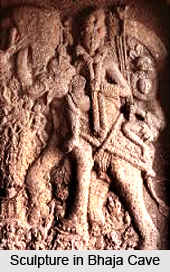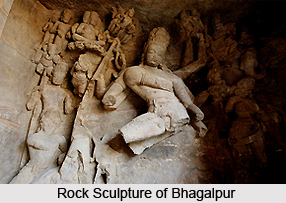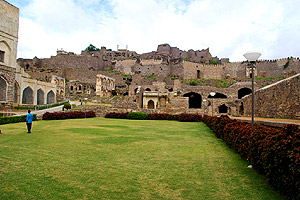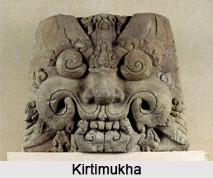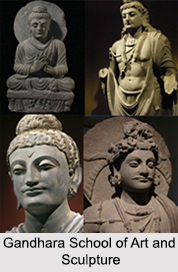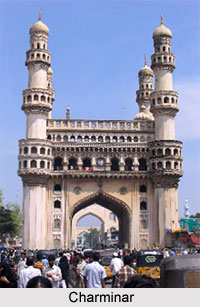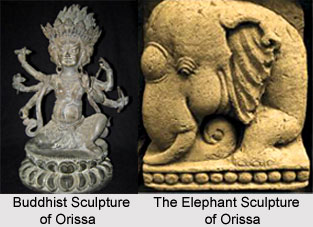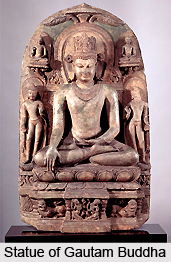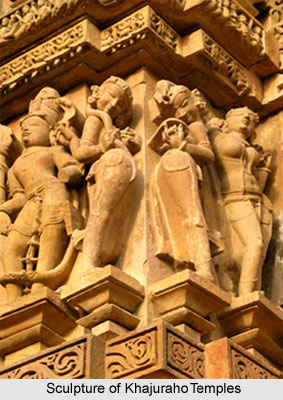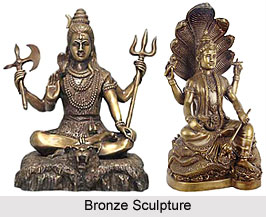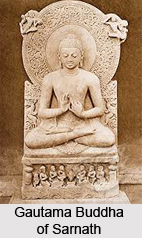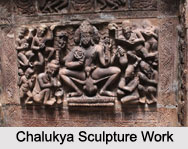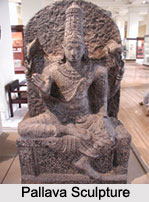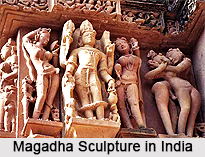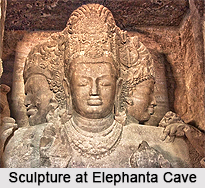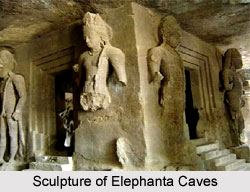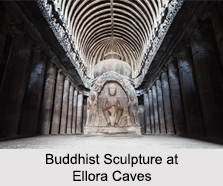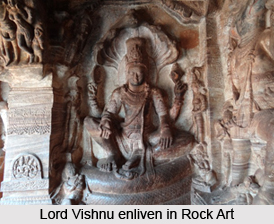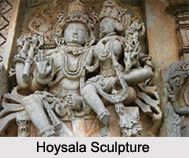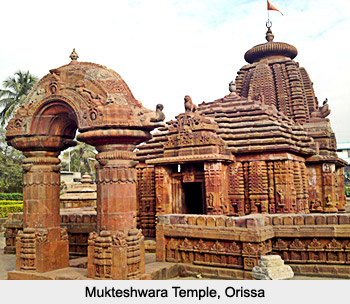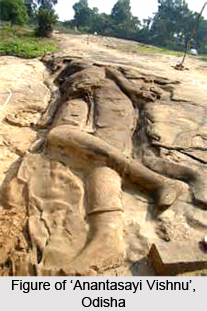 Rock-cut Anantasayi Vishnu is present in the district of Dhenkanal, in Odisha and its image has been beautifully carved out on a rock-face located on the banks of Brahmani River in Saranga village. This Indian village is based at a distance of nearly five miles from the town of Talcher. The liveliness of the stone statue and the seemingly strong vigour was motivated by the rock-carved Ajanta Caves belonging to the 2nd century BC to the 7th century CE, Mahabalipuram of the 6th century and Ellora belonging to the 8th century.
Rock-cut Anantasayi Vishnu is present in the district of Dhenkanal, in Odisha and its image has been beautifully carved out on a rock-face located on the banks of Brahmani River in Saranga village. This Indian village is based at a distance of nearly five miles from the town of Talcher. The liveliness of the stone statue and the seemingly strong vigour was motivated by the rock-carved Ajanta Caves belonging to the 2nd century BC to the 7th century CE, Mahabalipuram of the 6th century and Ellora belonging to the 8th century.
The gigantic figure of Anantasayi Vishnu measures about 19` to 10" starting from the head of the `Seshanaga` or the snake till the deity`s hill. A symbolic `padma` is placed on the left hand of the idol of Vishnu, a `gada` on its right hand and also a `chakra` in its right upper hand. One will also observe a `sankha` on its left hand which measures 5` to 3". A lotus has been carved from the navel of the idol, which also contains the image of seated `Brahma`. Vishnu`s shin appears pointed with a sharp and prominent nose.
Ornaments are present on the ears of the figure of Lord Vishnu which measure about a length of 5 km while the limbs measure about 26` starting from the serpent`s hood to the waist of the serpent. The head of the deity is pointed towards the east. The `Kirita-Mukuta` can be noticed on the head of the figure of Seshasayi Vishnu which was believed to have been placed during the regime of the Bhauma Dynasty in the state of Odisha. However, the actual factor which inspired the creator to carve out such a spectacular marvel on the river banks of Brahmani is still clouded in mystery. No archaeological evidence has indicated the real reason.
Some of the historians are of the view that it had been constructed by some ardent devotees of Lord Vishnu, to outdo the enormous statue of Lord Buddha present at the various sites of Udaigiri, Lalitgiri and Ratnagiri complex in Cuttack District. Innumerable historians and travellers pay visit to this site to witness this rare architectural beauty.
